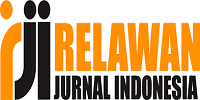Pengelolaan Sumber Belajar oleh Guru Pendidikan Agama Islam
DOI:
https://doi.org/10.46963/alliqo.v7i1.501Keywords:
Management of Learning Resources, Islamic Religious Education TeachersAbstract
The importance of learning resources in learning activities cannot be denied anymore. However, learning resources in madrasas and schools generally have not been managed and utilized optimally. The purpose of this study was to determine the management of learning resources by Islamic religious education teachers who focused on textbooks as learning resources at SMP Negeri 1 Tembilahan Hulu. The results of the research through a questionnaire obtained a percentage of 83.33% categorized as "Very Good". Management of learning resources by using textbooks in PAI learning, namely the teacher pays attention to the curriculum and refers to the predetermined curriculum, the teacher analyzes competency standards and basic competencies by adjusting to the needs and level of understanding of students, the teacher arranges the grammar of teaching materials to make it more interesting to collaborate between textbooks and other supporting books, the teacher in compiling the subject matter by using textbooks but does not use only one book source but also uses relevant supporting books, the teacher determines the title of the book according to competency standards, the teacher provides illustrations, pictures, tables and diagrams to make it easier for students to understand.
Downloads
References
A.M, Sardiman. (20010. Interaksi dan Motivasi Belajar Mengajar. Edisi I. Cet.IX. Jakarta: PT. Raja Grafindo Persada.
Anwar, Kasful dan Hendra Hermi. (2011). Perencanaan Sistem Pembelajaran KTSP. Bandung : Alfabeta.
Dimyati dan Mudjiono. (2009). Belajar dan Pembelajaran. Jakarta: Rineka Cipta.
Hamalik, Oemar. (2007). Kurikulum dan Pembelajaran. Edisi I. Cet.VI. Jakarta: Bumi Aksara.
Hasnawati. (2021). Pengelolaan Sumber Belajar dalam Pembelajaran Anak pada TK Handriani. CJPE: Cokroaminoto Juornal of Primary Education. https://e-journal.my.id/cjpeVolume 4 Nomor 2 Oktober 2021e-ISSN: 2654-6434 dan p-ISSN: 2654-6426.
L.H, Clark. (1968). Strategies and Tactics in Secondary School Teaching: A Book of Readings. Toronto: The Mac Millan.
M. Syahran Jailani. (2016). Pengembangan Sumber Belajar Berbasis Karakter. Jurnal Pendidikan Islam.
Majid, Abdul. (2010). Belajar dan Pembelajaran Pendidikan Agama Islam. Bandung : Remaja Rosdakarya.
Maryana, Rita. Ali Nugraha, dan Yeni Rahmawati. (2010). Pengelolaan Lingkungan Belajar. Jakarta : Kencana.
Muhaimin. (2012). Paradigma Pendidikan Islam. Bandung : Remaja Rosdakarya.
Muslich, Masnur. (2009). KTSP; Pembelajaran Berbasis Kompetensi dan Kontekstual; Panduan bagi Guru, Kepala Sekolah dan Pengawas Sekolah. Edisi I. Cet.V. Jakarta: PT. Bumi Aksara.
Nursalim. (2018). Belajar dan Pembelajaran. Yogyakarta : Lontar Mediatama.
Prastowo, Andi. (2012). Perkembangan Sumber Belajar. Yogyakarta : Pedagogia.
Rohani, Ahmad. (2004). Pengelolaan Pengajaran. Edisi Revisi. Cet.II. Jakarta: Rineka Cipta.
Siregar, Eveline. (2019). Pemanfaatan Sumber Belajar, Banten.
Sitepu. (2014). Pengembangan Sumber Belajar. Jakarta : Rajawali Pers.
Sukiman. (2010). Penembangan Media Pembelajaran. Yogyakarta : Pegagogia.
Suryabrata, Sumadi. Psikologi Pendidikan. Edisi V. Cet.XII. Jakarta: PT. Raja Grafindo Persada.
Usman, Uzer. (2010). Menjadi Guru Profosional. Bandung : Remaja RosdaKarya.
Downloads
Published
Issue
Section
License
Authors who publish with this journal agree to the following terms:
1. Copyright on any article is retained by the author(s).
2. The author grants the journal, right of first publication with the work simultaneously licensed under a Creative Commons Attribution shareAlike 4.0 International License that allows others to share the work with an acknowledgment of the work’s authorship and initial publication in this journal.
3. Authors are able to enter into separate, additional contractual arrangements for the non-exclusive distribution of the journal’s published version of the work (e.g., post it to an institutional repository or publish it in a book), with an acknowledgment of its initial publication in this journal.
4. Authors are permitted and encouraged to post their work online (e.g., in institutional repositories or on their website) prior to and during the submission process, as it can lead to productive exchanges, as well as earlier and greater citation of published work.
5. The article and any associated published material is distributed under the Creative Commons Attribution-ShareAlike 4.0 International License

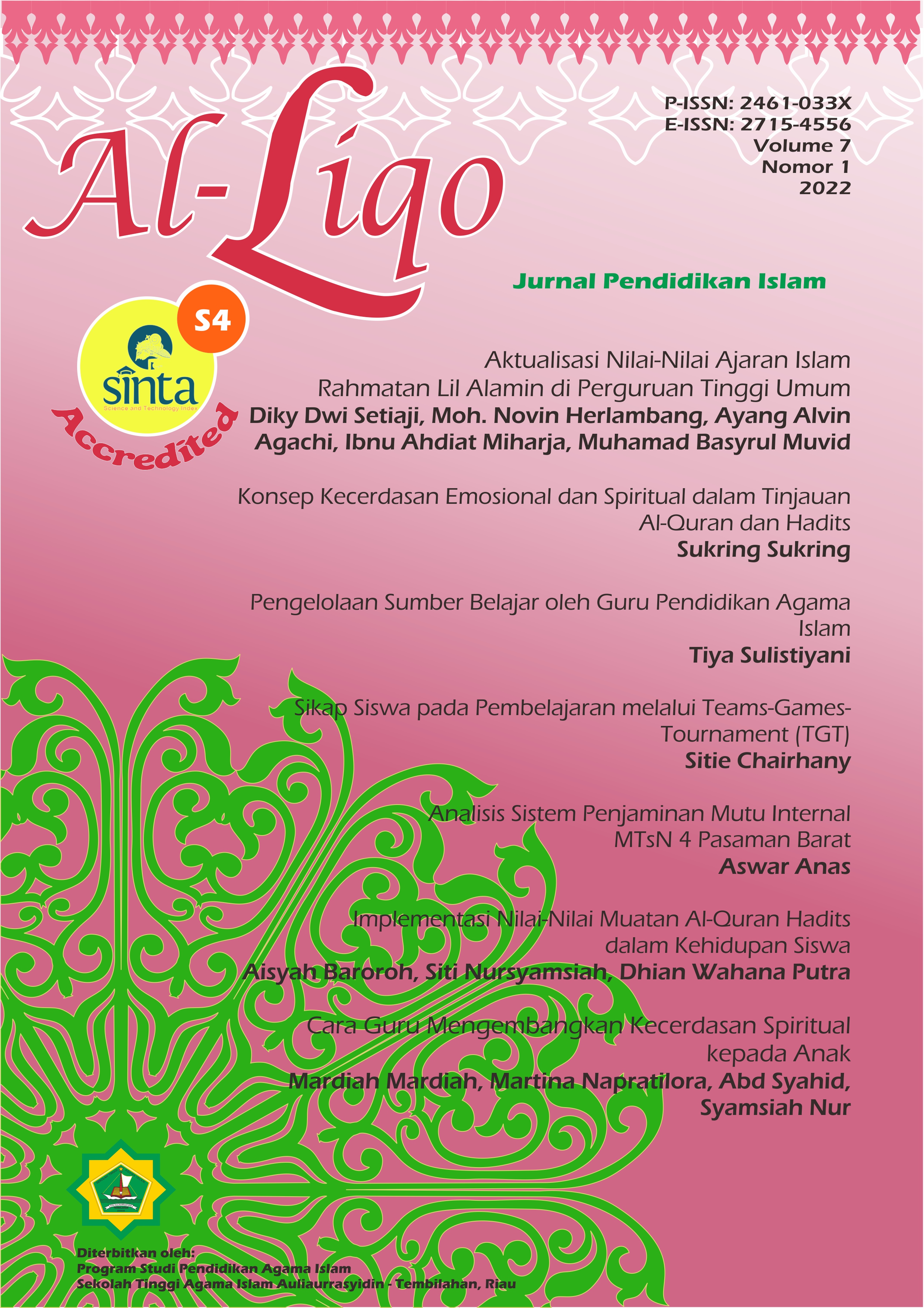
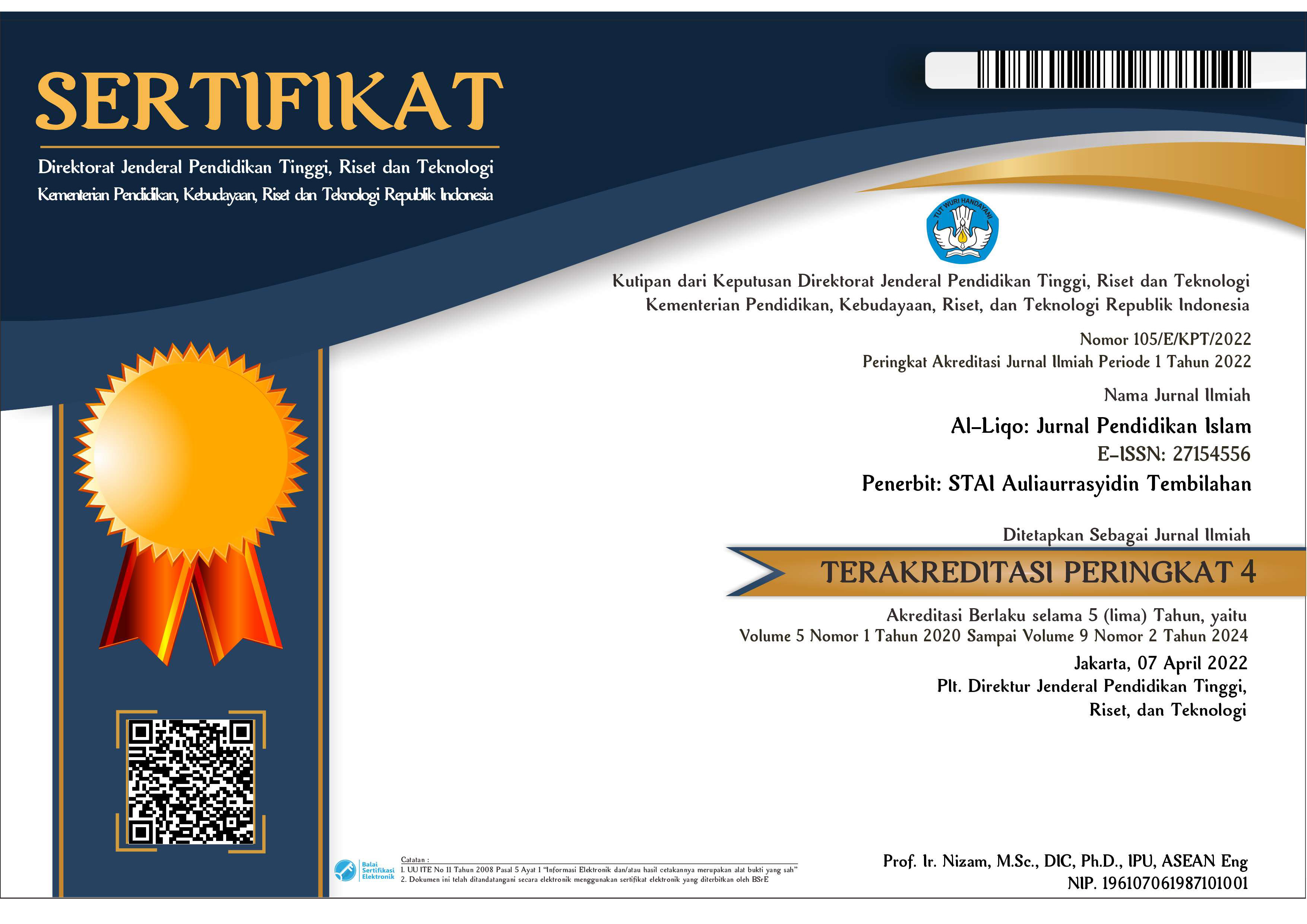
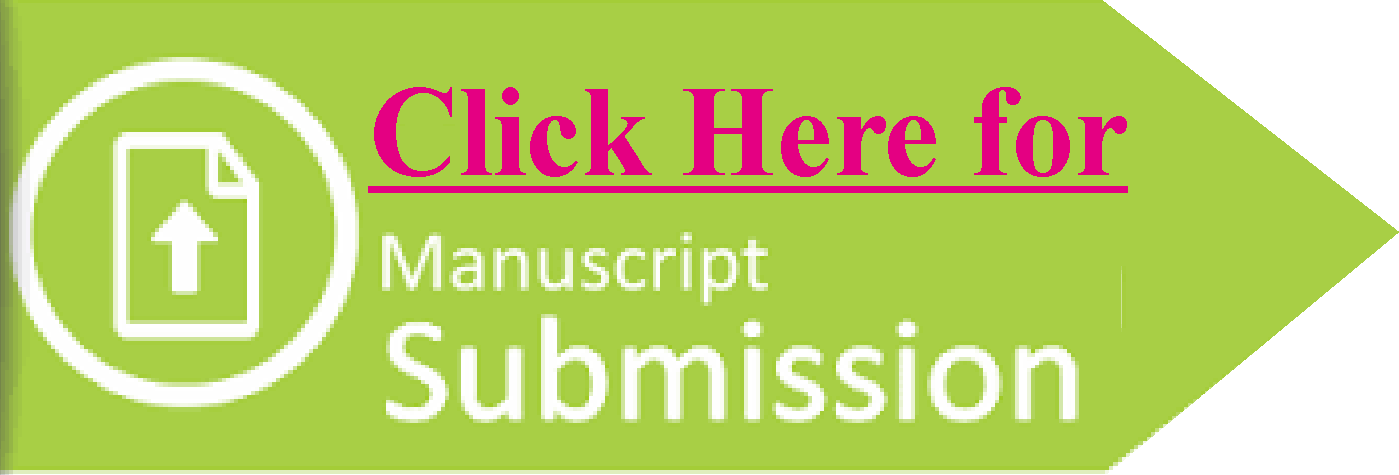

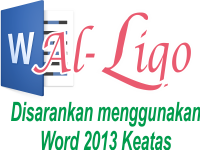
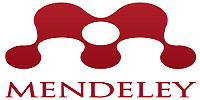
2.png)
